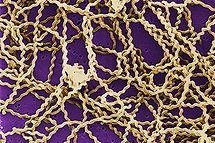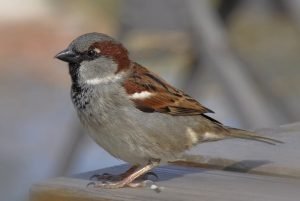Here at Safeguard Pest Control, we know all there is to know about pest problems and solutions.
One of the most common pests in the UK is the Harlequin Ladybird. This pest is difficult to control and isn’t just destroying our homes but is also devouring other insects and ladybird species. This pest is one that needs to be dealt with and quickly.
What is a Harlequin Ladybird and Where Does It Come From?
 The Harlequin Ladybird began life in Japan but has since wandered far from its exotic homeland. The Harlequin Ladybird was introduced as a biological control for aphids around the world. Consequently, it is now found in gardens and greenhouses throughout the world. The species was not deliberately introduced to Britain, but it became established in 2004 and has since become a rapidly spreading population of ladybird, wiping out anything in its path. The Harlequin Ladybird can now be found in numerous locations, including but not limited to: Asia, North America and the United Kingdom. If you spot a Harlequin Ladybird, you can report it to the UK Ladybird Survey, which aims to record all the ladybirds in the UK.
The Harlequin Ladybird began life in Japan but has since wandered far from its exotic homeland. The Harlequin Ladybird was introduced as a biological control for aphids around the world. Consequently, it is now found in gardens and greenhouses throughout the world. The species was not deliberately introduced to Britain, but it became established in 2004 and has since become a rapidly spreading population of ladybird, wiping out anything in its path. The Harlequin Ladybird can now be found in numerous locations, including but not limited to: Asia, North America and the United Kingdom. If you spot a Harlequin Ladybird, you can report it to the UK Ladybird Survey, which aims to record all the ladybirds in the UK.
The Biology of the Harlequin Ladybird
Harlequin ladybirds spend winter in large groups in sheltered places, including in the inside of buildings. In Spring, the adults will emerge, disperse, mate and lay eggs. Usually, the Harlequin Ladybirds lay their eggs on aphid infested plants. The larvae then feed on the aphids and other insects before pupating after two or three weeks. It takes the Harlequin Ladybird around one month, in warm weather, to become an adult that can lay eggs. Therefore, there can be several generations of Harlequin Ladybirds born every year.

What Do Harlequin Ladybirds Look Like?
Harlequin Ladybirds have similar features to many other ladybirds and it can be difficult to distinguish between species. Harlequin ladybirds are 8-10mm in length and vary in colour and markings, but are most commonly black with red spots or orange with black spots.
Do Harlequin Ladybirds Bite?
The Harlequin Ladybird will bite humans when hungry, leaving behind an itchy bump but, unless an allergic reaction occurs, humans are not badly affected. Harlequin Ladybirds tend to bite more often during the winter when food is scarce.
Danger to Other Species
So, what effect do Harlequin Ladybirds have on other species? Well, the reality is bleak. In the UK, there are 46 species of ladybird and, unfortunately, the harlequin has already wiped out around 30% of the country’s ladybird population.
As with many other ladybirds, Harlequin Ladybirds primarily feed on aphids and hence are considered to be a useful addition to any garden. However, the Harlequin Ladybird’s tastes are not limited to aphids. This ladybird will also feed on many other insects, including other ladybirds, eggs, larvae of butterflies, moths, and insects. The Harlequin is also cannibalistic, eating its own kind as well.
Harlequin Ladybird Larvae
Harlequin Ladybird larvae are black and orange, reaching up to about 1cm (1/2 inch) in length. They also feed on aphids and other insects. Ladybird larvae generally have elongated body shapes, and most are black or dark grey. Some have yellow or orange markings, and some have hairs or spikes. The harlequin larvae are characterised by having two orange stripes and being spikey.
Harlequin Ladybirds in Buildings
Like many species of ladybird, the harlequin tends to overwinter in groups inside buildings, which can cause some concern. There is no danger associated with the presence of these ladybirds, although they can exude a clear yellow liquid which may cause some staining to furnishings. Unfortunately, it is not possible to discourage the ladybirds from entering buildings and they will either need to be captured and removed or tolerated.
How to Control Harlequin Ladybirds
There are no means of controlling Harlequin Ladybirds, since any actions taken against them would also be harmful to native aphid predators and other insects. In addition, they are now so well-established and abundant that destroying a few in one area will not make any difference to their overall numbers. The now common Harlequin Ladybird is often confused with some of our native ladybirds so, again, they’re impossible to control. When found in buildings the ladybirds can be tolerated or captured and released out of doors.

